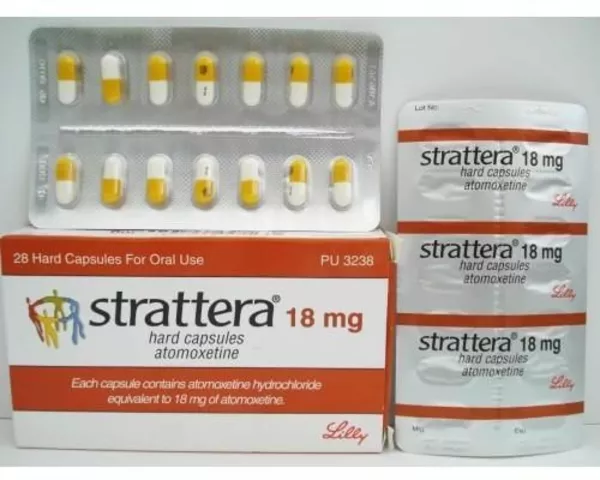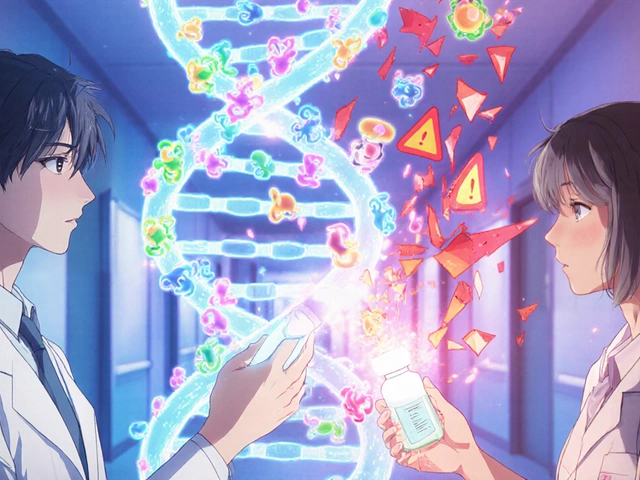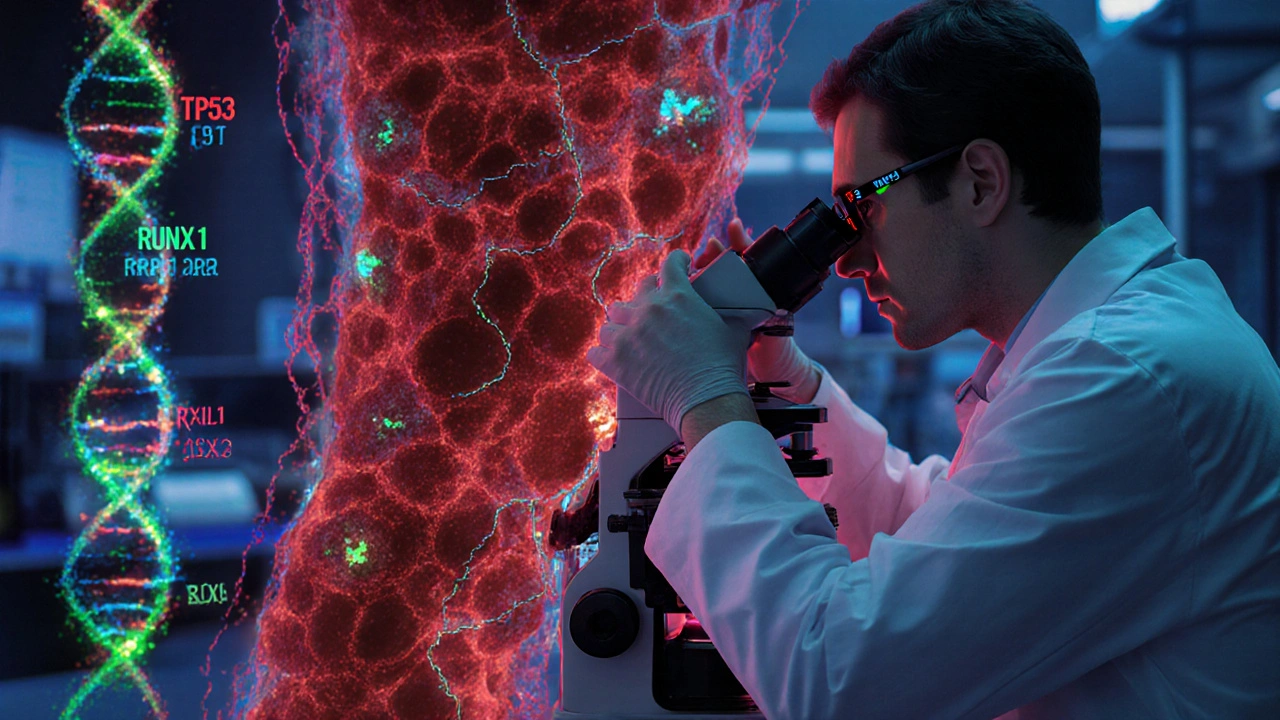Hematologic Genetic Mutations
When you hear hematologic genetic mutations, changes in DNA that drive blood‑related cancers such as leukemia and lymphoma. Also called blood cancer gene alterations, these mutations shape diagnosis, risk assessment, and therapy choices. Understanding them helps doctors pinpoint the exact disease subtype and match patients with the right drugs. Leukemia, a cancer of the white blood cells that often carries specific chromosomal rearrangements is a prime example of how a single genetic slip can trigger a full‑blown disease.
Why These Mutations Matter
Every mutation carries a set of attributes that clinicians track: the gene involved, the type of alteration (deletion, translocation, point mutation), and the clinical impact. For instance, the JAK2 V617F, a single‑point change that fuels myeloproliferative disorders predicts a higher risk of thrombosis and guides the use of JAK inhibitors. Similarly, the presence of BCR‑ABL1, the Philadelphia chromosome fusion driving chronic myeloid leukemia opens the door to tyrosine‑kinase inhibitors that can keep the disease in check for years. These concrete values let doctors move from vague symptom lists to precise, personalized plans.
Modern testing makes it easier than ever to spot these genetic clues. High‑throughput gene sequencing, next‑generation techniques that read millions of DNA fragments at once can uncover both common and rare mutations in a single blood draw. Cytogenetic analysis adds a visual layer, showing whole‑chromosome changes under a microscope. Together, they form a diagnostic duo: sequencing provides the molecular detail, while cytogenetics validates structural rearrangements. The result is a richer, more actionable report that informs everything from prognosis to drug selection.
Once a mutation is identified, treatment options expand beyond traditional chemotherapy. Targeted therapy, drugs that zero in on the abnormal protein produced by a specific gene change has become the cornerstone for many hematologic malignancies. For example, FLT3 inhibitors work best in AML patients with FLT3‑ITD mutations, while IDH inhibitors are reserved for IDH1/2‑mutated cases. In parallel, bone marrow transplant, a curative procedure replacing diseased marrow with healthy donor cells remains the definitive option for high‑risk or relapsed disease. The synergy between precise genetic insight and tailored therapy has turned once‑fatal diagnoses into manageable, long‑term conditions for many patients.
Below you’ll find a curated collection of articles that dive deeper into each of these areas. Whether you’re curious about the latest sequencing platforms, want to compare targeted drugs, or need practical guidance on transplant eligibility, the posts ahead break down the science into clear, usable steps. Explore the links to get a fuller picture of how hematologic genetic mutations shape modern blood‑cancer care.
Genetics of Bone Marrow Disorders: Key Findings and Clinical Impact
Explore how genetic mutations drive bone marrow disorders, the main genes involved, testing options, and emerging therapies in clear, practical terms.
About
Medical Research
Latest Posts


Buy Cheap Generic Warfarin Online - Affordable Anticoagulant Guide 2025
By Marcel Kornblum Oct 1, 2025

The power of art in AIDS activism: How creativity can inspire change
By Marcel Kornblum Aug 1, 2023

Atomoxetine and Anxiety: Can it Help or Hurt?
By Marcel Kornblum May 5, 2023

